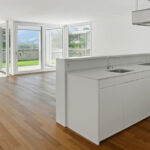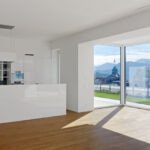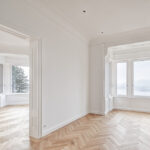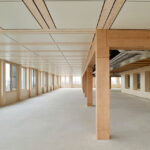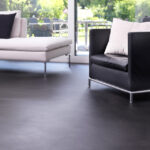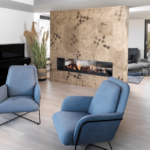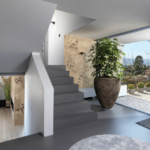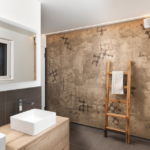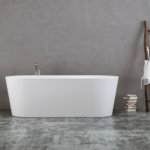- Home
- Competencies
Facade construction

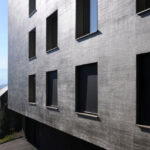

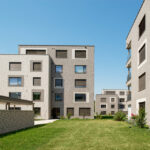
- Service
- About Us
- Contact
Headquarters in Emmen
-
MVM AG
Kirchfeldstrasse 44
6032 Emmen - 041 289 04 04
- mail@mvm-ag.ch
-
Monday - Friday
08:00–12:00 / 13:30–17:00
Zug location
-
MVM AG ZG
Commercial Street 11
6330 Cham - 041 758 18 57
- mail@mvm-ag-zug.ch
-
Monday - Friday
08:00–12:00 / 13:30–17:00
Sursee location
-
MVM AG Sursee
Surentalstrasse 10
6210 Sursee - 041 920 35 15
- mail@mvm-ag.ch
-
Monday - Friday
08:00–12:00 / 13:30–17:00
Stans location
-
MVM AG Stans
Hansmatt 30
6370 Stans - 041 610 00 42
- mail@mvm-ag.ch
-
Monday - Friday
08:00–12:00 / 13:30–17:00
-
MVM AG
- Rental
- Shop
Better room climate by painting and plastering - That's how it works
- Competently. Innovative. Qualitatively.
- from MVM AG
- August 16, 2023
The indoor climate plays an important role in our well-being and health. When it comes to improving the indoor climate, most people think of ventilation and air purification. But did you know that painting and plastering interiors can also have a significant impact on the indoor climate? In this blog post, we are going to talk about how painting and plastering your interiors can create a better indoor climate. Here are steps you can take to create a healthier environment in your home!
Use of environmentally friendly paints and plasters for a better indoor climate
The first step to creating a better indoor climate is to use environmentally friendly paints and plasters. Conventional paints and plasters often contain volatile organic compounds (VOCs) that can outgas during the drying process and affect indoor air quality. Instead, opt for paints and plasters that are labeled as low-emission or even VOC-free. These products contain fewer harmful chemicals and contribute to healthier indoor air. This ensures a better indoor climate.
Mold prevention and control
Mold is a common indoor problem and can affect both air quality and health. When painting and plastering, it is important to consider mold prevention. Use mold-resistant paint and plaster in areas prone to moisture, like bathrooms and kitchens. Make sure walls and ceilings are well dry and free of mold before applying paint or plaster.
If mold is already present, you should seek professional help to fix the problem before painting or plastering. If you already have a problem with mold, see our post «Mold in the apartment - what now?» more about possible solutions. You can also read our post «mold in the bathroom» information about how the infestation comes about and how you can best prevent it.
Improving indoor humidity
Indoor humidity plays a crucial role in comfort and health. When painting and plastering, you can take measures to improve the indoor air humidity. Use breathable paints and plasters that can regulate moisture. This helps reduce condensation and moisture build-up on the walls. Good ventilation of the rooms, especially during the drying process, is also important to avoid moisture problems and create a better indoor climate.
Choosing the right colors for light reflection
Choosing the right colors when painting can also affect the reflection of light in a room. Light colors reflect light better, making the room appear brighter and more spacious. This reduces dependence on artificial lighting and creates a more comfortable atmosphere. So choose colors with a high rate of light reflection to create a brighter and brighter, better indoor environment.
Regular maintenance and cleaning for a better indoor climate
In addition to painting and plastering, it is important to carry out regular maintenance and cleaning work in order to maintain an optimal indoor climate. Keep your walls and ceiling clean to reduce dust, dirt and allergens. Check regularly for damp spots or mold and rectify these problems as soon as possible.
New design for a better indoor climate
Painting and plastering interiors can have a significant impact on the indoor climate. By using environmentally friendly paint and plaster, preventing mold, improving indoor humidity and choosing the right paint, you can create a healthier and more comfortable environment. Also think about regular maintenance and cleaning to maintain an optimal indoor climate. By taking these steps, you can help make your home a place of well-being and health. And you can redecorate right away. Opt for a better indoor climate and get the dream design for your interior design right away.
If you too want a new design for your interior and want to ensure a better indoor climate at the same time, contact us now!



